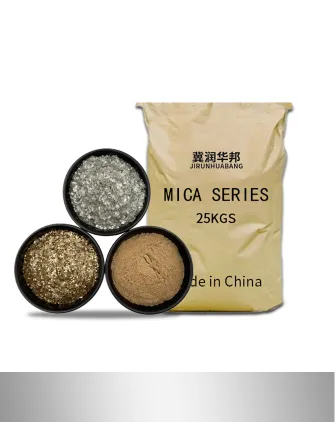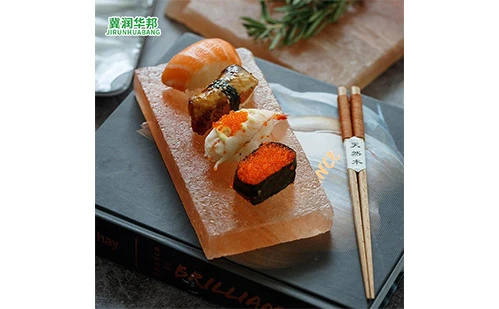zeolite types
Back to list
Februari . 01, 2025 00:37
Zeolites are naturally occurring aluminosilicate minerals that have gained significant importance due to their unique structural properties and versatile applications. With a microporous framework, zeolites are popularly used in industries ranging from agriculture to petrochemicals. Within this context, understanding the different types of zeolites available on the market is crucial for industries aiming to harness their full potential.
The versatility of zeolites also benefits the health and wellness industry. Zeolite powder supplements, favored for their claimed detoxifying properties, predominantly consist of micronized clinoptilolite. Advocates argue that clinoptilolite’s porous structure can trap toxins, aiding in their removal from the body. However, potential users should exercise caution and consult healthcare professionals to evaluate the suitability and efficacy of zeolites for personal health applications. In industrial manufacturing, zeolites serve as molecular sieves, separating volatile components based on size. Zeolite-type 5A is renowned for its ability to separate n-paraffins from branched-chain and cyclic hydrocarbons, enhancing product purity in processes like natural gas processing. This efficiency underscores the adaptability of zeolite structures tailored to specific molecular dimensions. With advancements in zeolite technology, new functionalities are emerging, such as their use in hydrogen storage solutions aimed at sustainable energy systems. Research is progressing in enhancing zeolite frameworks to store larger quantities of hydrogen at ambient temperatures, promising a breakthrough in clean energy technologies. Choosing the appropriate zeolite type requires a comprehensive understanding of the industrial requirement, zeolite properties, and targeted outcomes. Working closely with domain experts can ensure the most effective material selection, aligning functional needs with sustainable practices. Such informed decision-making is not only prudent but also underscores a commitment to innovation and environmental stewardship. Zeolites exemplify a class of materials whose potential is vast and continually evolving. As industries strive for greater efficiency and sustainability, the varied and specialized types of zeolites offer invaluable resources. By capitalizing on their distinctive properties, businesses can achieve significant advancements across a multitude of sectors while contributing positively to the environment.


The versatility of zeolites also benefits the health and wellness industry. Zeolite powder supplements, favored for their claimed detoxifying properties, predominantly consist of micronized clinoptilolite. Advocates argue that clinoptilolite’s porous structure can trap toxins, aiding in their removal from the body. However, potential users should exercise caution and consult healthcare professionals to evaluate the suitability and efficacy of zeolites for personal health applications. In industrial manufacturing, zeolites serve as molecular sieves, separating volatile components based on size. Zeolite-type 5A is renowned for its ability to separate n-paraffins from branched-chain and cyclic hydrocarbons, enhancing product purity in processes like natural gas processing. This efficiency underscores the adaptability of zeolite structures tailored to specific molecular dimensions. With advancements in zeolite technology, new functionalities are emerging, such as their use in hydrogen storage solutions aimed at sustainable energy systems. Research is progressing in enhancing zeolite frameworks to store larger quantities of hydrogen at ambient temperatures, promising a breakthrough in clean energy technologies. Choosing the appropriate zeolite type requires a comprehensive understanding of the industrial requirement, zeolite properties, and targeted outcomes. Working closely with domain experts can ensure the most effective material selection, aligning functional needs with sustainable practices. Such informed decision-making is not only prudent but also underscores a commitment to innovation and environmental stewardship. Zeolites exemplify a class of materials whose potential is vast and continually evolving. As industries strive for greater efficiency and sustainability, the varied and specialized types of zeolites offer invaluable resources. By capitalizing on their distinctive properties, businesses can achieve significant advancements across a multitude of sectors while contributing positively to the environment.
Share
Next:
